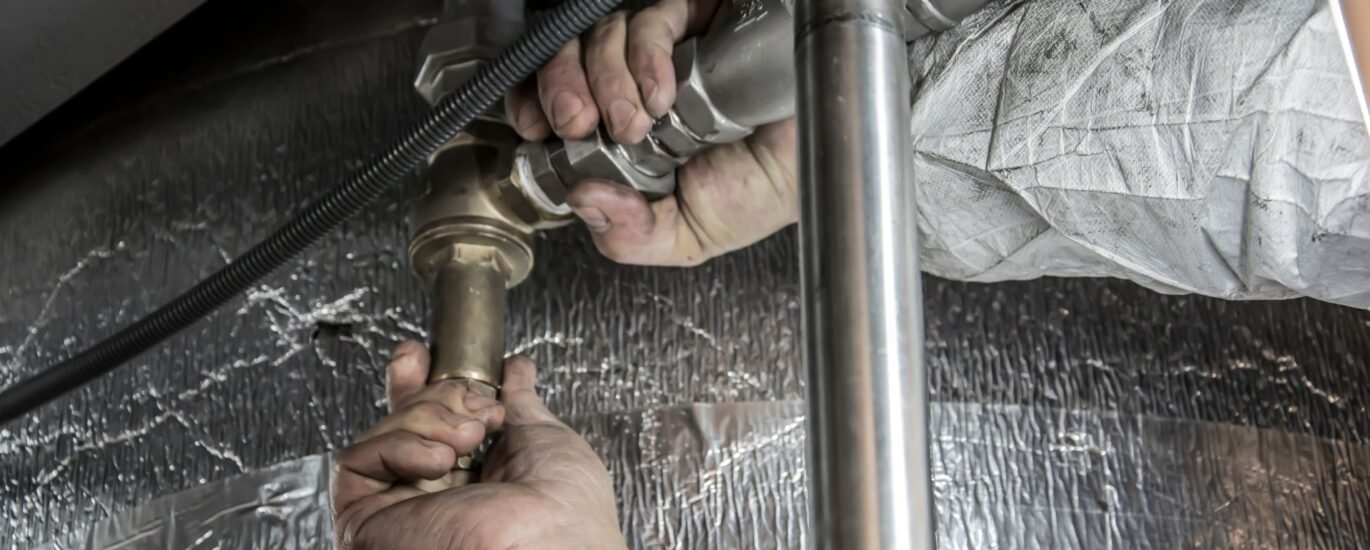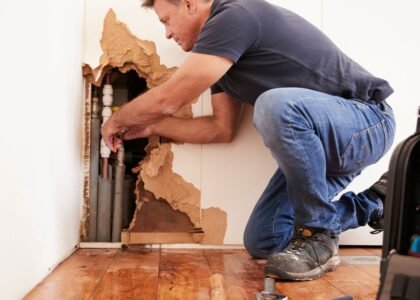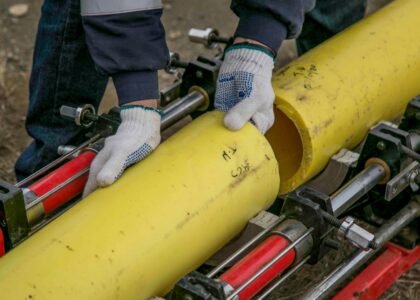Title: When to Repair vs Repipe: Smart Decisions for Pipe Repair and Repiping
Introduction
Plumbing issues in a home can escalate fast. A leak, low pressure, or rusty pipes can all signal a deeper problem. But before you commit to a major overhaul, it’s wise to ask: is pipe repair enough — or is repiping the better long-term solution?
In this post, we’ll walk you through how to assess your plumbing, how to decide between repair and repiping, and how investing now can prevent repeated headaches later. At the end, you’ll see how the next post will dive into repiping methods, costs, and timelines.
Signs Your Pipes Need Attention
Even small warning signs can point to serious underlying issues. Catching them early helps you avoid emergency situations.
- Frequent leaks: multiple leaks or water stains often mean systemic problems.
- Discolored or rusty water: brown or orange water usually signals corrosion.
- Low or inconsistent water pressure: pressure drops, sputtering, or weak flows point to buildup or narrowed pipes.
- Strange noises: banging, rattling, or whistling often indicate stress or failure in pipes.
- Aging pipes: galvanized steel, lead, or decades-old systems usually need replacement.
Pipe Repair — Pros and Limitations
Repairing a section can be economical and minimally disruptive.
Benefits:
- Lower upfront cost
- Faster turnaround
- Limited disruption
Best when:
- Damage is localized
- Pipes are newer
- You want a short-term fix
Limitations:
- Repeated repairs can become costlier than repiping
- Doesn’t improve water quality or pressure
- Doesn’t eliminate risk in unseen areas
When Repiping Is the Better Choice
Repiping replaces sections or the entire system. While more disruptive, it has long-term benefits.
Why repipe?
- Systemic corrosion
- Frequent leaks
- Poor pressure everywhere
- Brown or metallic water
- Aging pipe materials
Benefits:
- Improved water quality
- Consistent pressure
- Fewer emergencies
- Increased home value
- Reduced maintenance
Repiping is more expensive upfront but saves money in the long run by avoiding ongoing fixes.
How to Decide: Repair vs Repipe
Quick decision table:
| Indicator | Repair | Repipe |
|---|---|---|
| Localized damage | ✅ | ❌ |
| Multiple leaks | ❌ | ✅ |
| Discolored water | ❌ | ✅ |
| Low pressure throughout | ❌ | ✅ |
| Pipes older than 40+ years | ❌ | ✅ |
How Repairs Can Bridge Toward Repiping
Sometimes a hybrid approach works: repair now, repipe later.
Best when:
- You need an urgent fix but can’t repipe immediately
- Budget is tight
- You plan phased repiping
Tips:
- Use quality materials
- Prioritize high-risk zones
- Keep repair records
What to Expect During Repiping
- Inspection & planning
- Opening walls or floors for access
- Removing old pipes and installing new lines
- Connecting fixtures and appliances
- Testing system for leaks and pressure
- Closing and repairing finishes
Link to the Next Blog
If you’re leaning toward repiping, check out our next article that dives into methods, materials, costs, and timelines.
In the meantime, visit our service page here:
Pipe Repair & Repiping
Or reach out for more help:
Contact Us
Conclusion
Repairs are great for isolated problems. Repiping is the smarter investment when your plumbing shows widespread issues. With careful consideration, you’ll know which choice protects your home best.



